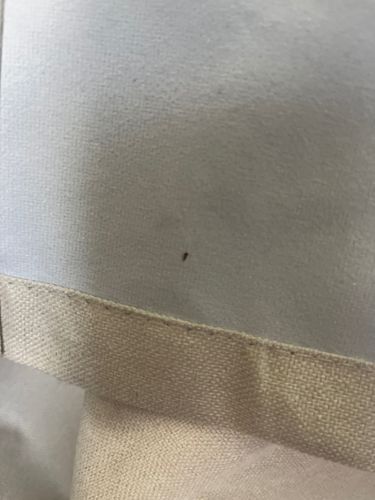Fungus Gnat
Scientific Name: Sciaridae or Mycetophilidae (specific genus/species depends on identification, common ones include Bradysia spp.)
Order & Family: Order: Diptera, Family: Sciaridae (dark-winged fungus gnats) or Mycetophilidae (true fungus gnats)
Size: Adults are typically 2-8 mm (0.08-0.3 inches) in length, though most are around 3-4 mm.

Natural Habitat
Fungus gnats are commonly found in damp environments rich in organic matter. This includes potted plants, greenhouses, hydroponic systems, and any indoor or outdoor area with moist soil, compost, or decaying leaves.
Diet & Feeding
Adult fungus gnats typically do not feed or feed on liquids like water and nectar. Larvae feed on fungi, decaying plant matter, and sometimes the roots of plants, especially in moist conditions.
Behavior Patterns
Fungus gnats are attracted to moist environments and decaying organic matter. Adults are weak fliers and often seen walking on surfaces or flying in short, erratic bursts. Larvae develop in the soil or growing medium, feeding on fungi and organic material. They have a relatively short life cycle, typically completing a generation in 3-4 weeks depending on temperature.
Risks & Benefits
Potential risks include being a nuisance, especially indoors. While adults are harmless, larvae can damage plant roots, especially seedlings or stressed plants, by feeding on them. They do not bite humans or pets. Benefits are limited, but they can contribute to decomposition in natural environments.
Identified on: 8/11/2025